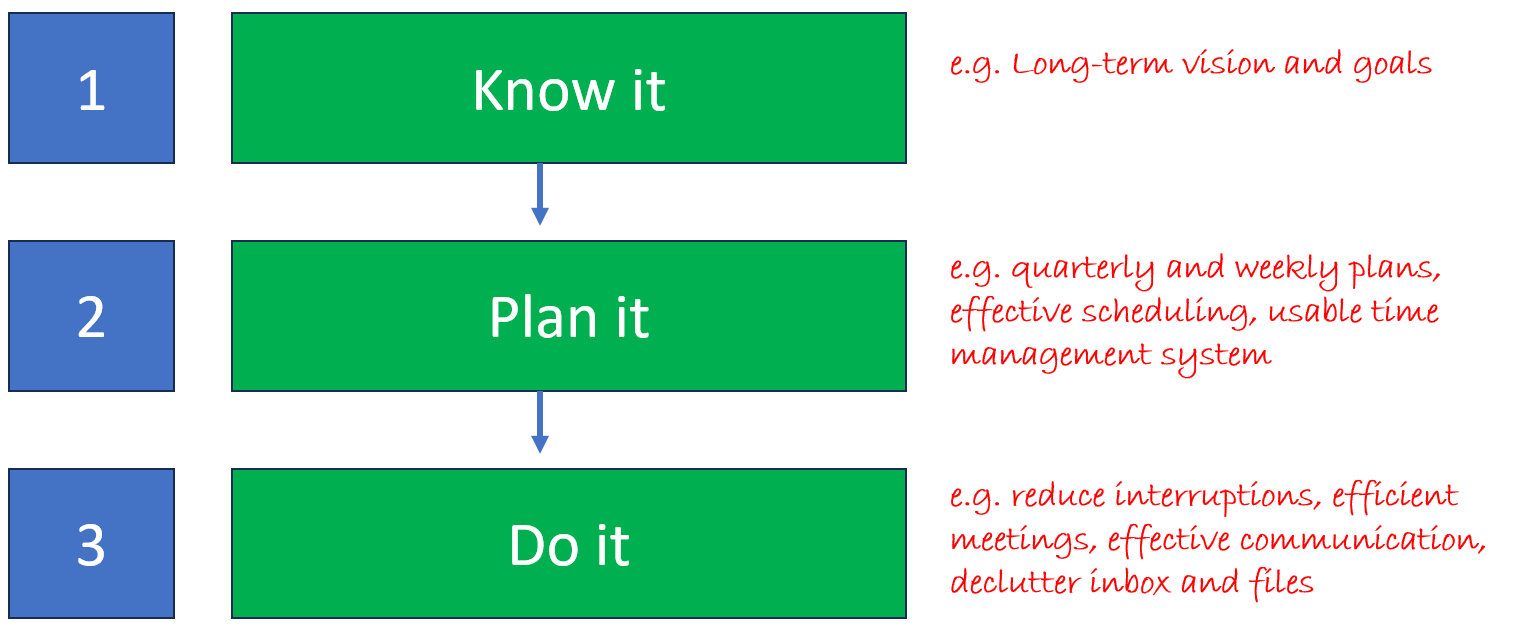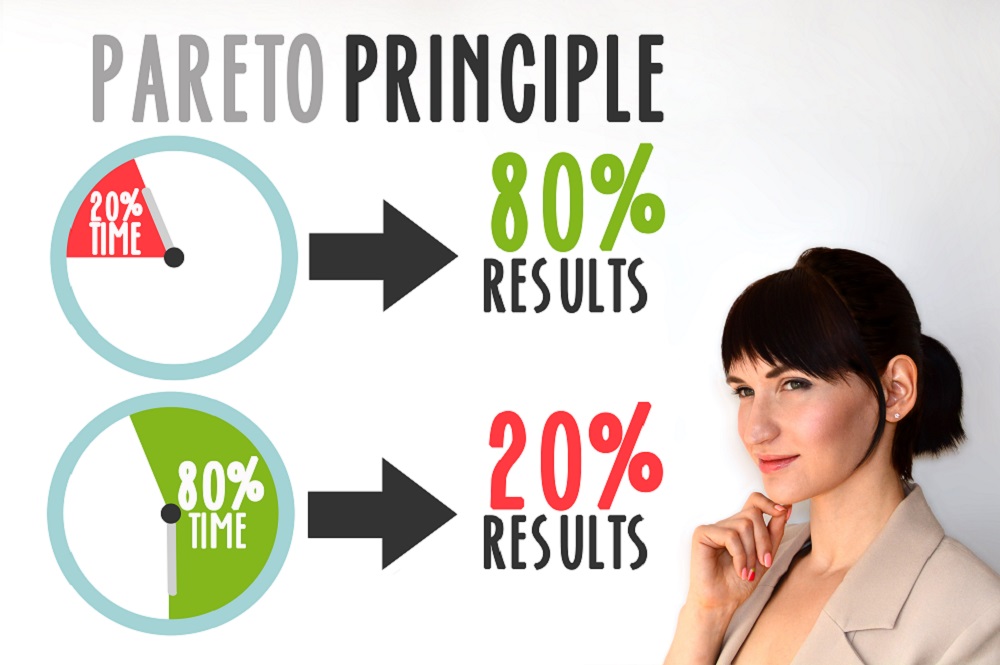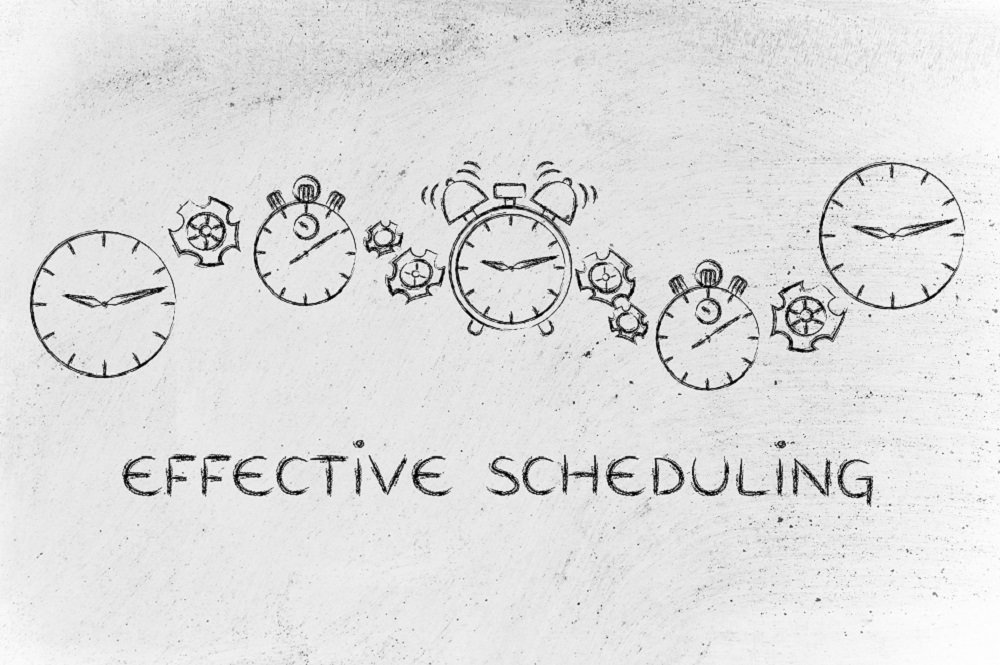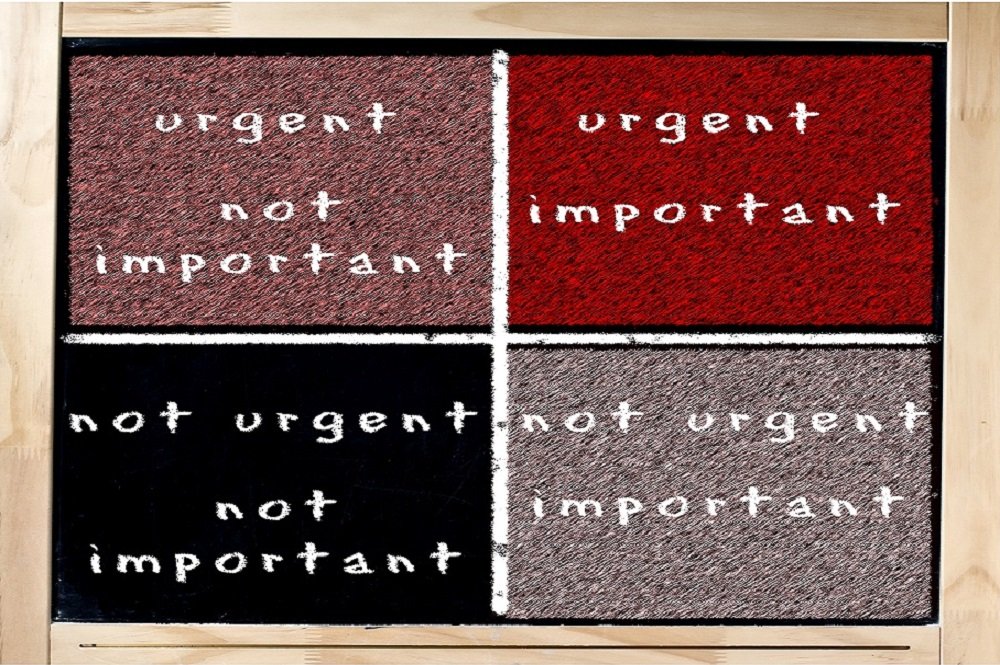- Home
- 7 Steps of Goal Setting
- For Work
Time Management in the Workplace
Isn't it frustrating when you go to work to get it done and before you know it you are going home with a long to-do list and a guilty conscience! Better time management in the workplace is the fix. Working too long and jeopardizing health and well-being is becoming the norm for many – don’t make it a way of life for you.
Instead reap the fruits of my 20 years of experience with people just like you – like them you can feel confidently in charge of your day– I can help you re-calibrate and stay in control starting now. Rebuilding and retaining ownership of your time and your life is a decision that you can make now – most people we work with don’t know where to start – so we want to make it easy for you.
Time management in the workplace can seem overwhelming – but really you can break it down into 3 main areas:

1. Know it
While for some the challenge in managing their time is knowing full well exactly what they have to do but never getting to it, for others the incoming flood of requirements on their time makes it a challenge to know where to place their time and energy.
Knowing what is most important in your order of priorities gives you your “Big Why” – as anyone who has attempted to hold a New Year’s Resolution can attest – motivation doesn’t last but the reasons for action do.
Being really clear as to what matters is at the core of not only good time management but peace of mind, work satisfaction, and well-being.
We are all familiar with KPIs and yearly goals - and these are fine - the problem is that these are often too far away. Much better to bring your annual goals or KPIs into a quarterly period for personal time management.
Here are some practical tools to consider:
|
|
A North Star 90 day-planHere is a guide and a template that puts your meaningful outcomes in your line of sight. Having a line of sight on what is most important is crucial when you are overwhelmed and pulled by many competing demands. It is almost like your North Star that holds you true to course. This guide and template brings your KPIs and annual plans into a 90 day window. |
|
|
Career goal setting"I am still trying to figure out what I want to do" is a common saying among some of the people I meet. Being clear on your career goals can be why one person loves their work and moves forward and while another finds their work stressful and lacking purpose. |
|
|
Apply the Pareto rule at workDo you know the 20% of tasks that generate 80% of your results. The Pareto rule most commonly used in economics and business suggests that it is critically important to protect the vital few from the trivial many. Choice of the 20% is critical to the KNOW IT part of Know it, Plan it, Do it. |
2. Plan it
Knowing the right stuff and being on top of it are clearly separate challenges for time management in the workplace.
All the thinking in the world about correct strategy and goals does not alone build high performance. The world of work expects us to deliver on what we have pledged to do. However often it gives us little help or guidance as to how to use our time effectively.
Often the environment can be downright hostile to getting things done. Time management in the workplace requires a strong framework to brace ourselves for challenge. Having a robust process and philosophy for Calendar Management and Scheduling is key.
This approach must
- have a line of sight into our longer and shorter term goals and be an accurate and considered reflection of how it is best to spend our days.
- take into consideration our health and well-being, the rhythms of our lives outside work and times of day when we are at our best for specific activities.
Here are some strategies you can put in place:
|
|
Effective schedulingI love the quote 'Busyness can be Laziness' because the modern world of work pushes us to take on too much stuff and be reactive and deadline driven. Effective scheduling is one defense against this, and can keep you proactive and focused on your high-impact activities. |
|
|
Weekly planningWeekly planning is the 'goldilocks' of short-term planning. It is short enough to reflect changing priorities and long-enough to ensure high-impact work is done. This is a very hard thing to implement as new habits are hard :) - but well worth the effort. Here is a detailed weekly planner guide to implement this today. |
|
|
What changes to make to your to do listDid you know that only 50% of to-do lists get completed. This means that the to-do list can grow to encyclopedic proportions and before you know it you throw out the to do list and try something else. Here I want to provide you with the strategies to ensure you get through your to do list. |
3. Do it
The expression “No plan survives contact with the enemy,” is particularly relevant to Time Management in the Workplace.
Why?
Because having thought and planned conscientiously many still fail to achieve their outcomes and targets thanks to an environment, (both physical and cultural) which actively gets in our way or tempts us towards our commitment weak-spots. Much of the disillusion and despair we encounter in our work is connected to these challenges.
The really important stuff is suffocated and stifled by the onslaught of unimportant trivia that bombards us from day’s beginning to day’s end.
So what are the culprits? Simply put
- Email overload
- Ineffective meetings
- Lack of focus and too many low value interruptions and distractions
- Poor delegation
- An inability to say 'No'
Get some immediate relief with these strategies.
|
|
Reduce email overloadDid you know that the average person checks their email 74 times a day. It is not wonder that email is a major cause of stress at work. However, with the right strategies and tools, you can turn the inbox from a source of stress to a productivity machine. Here we look at how to reduce email overload and take back control of the inbox. |
 Managing meetings effectively Managing meetings effectively |
Manage your meetings effectivelyOver 50% of workers surveyed say that meetings stop them from completing their own work, are unproductive, and come at the expense of deep thinking, and miss opportunities to bring the team closer. Here are some steps to change the way you and your team organize and manage meetings. |
 Strategies to reduce interruptions and improve focus Strategies to reduce interruptions and improve focus |
Improve focus and reduce interruptions and distractionsFocus underpins quality. Without focus there is a lack of quality in output and communication. Focus can be enhanced by clumping similar tasks together known as 'batching,' is a great way to enhance focus and productivity. For example, tackle all phone calls in one swoop, check emails a few times daily, and set rules with your team for non-urgent interruptions. |
 |
Delegate like a proI find that delegation is the most talked about yet most underutilized tool in time management. If done well, it can free up your time for high value tasks, train the team around you, and encourage team autonomy. If done poorly, it can result in duplication, wasted time, and a lack of team harmony. Here I provide a guide and steps to delegate well. |
 |
How to say NoLearning to say 'No' is difficult for a number of reasons. We may want to maintain relationships with others or be seen as the go-to person at work to get things done. Whatever the reason, if you become a 'yes to everything' person you are likely to not get to your own priorities and feel overwhelmed and stressed. Saying No involves being firm and realistic about your capabilities but there are several other things to consider. |
Our philosophy - how we help with time management in the workplace
As previously mentioned, the world of work as we experience is not often very conducive to working at all.
We are constantly dissuaded from doing our work from the time we arrive to the time we leave. Even though we are ready and willing to follow our “Know it, Plan it, Do it” approach, friendly colleagues wanting a chat, IT crises, email overload, office politics all intervene in our good intentions.
Our time management activities build the bridges you need between
- Knowing what you need to do,
- Planning for action and
- Doing what's required.
You can travel backwards and forwards across the bridges at any time to strengthen these links to action.
Consciousness and Choice characterize Know it
Calendar as the basic implementation tool underpin Plan it .
Commit and Control are the drivers in the Do it phase of executing this approach.
You might be very clear on where your challenges are coming from… whether your time management is impacted by not Knowing it, not Planning it or not Doing it. You might be a high performer who is keen to build your skills. Whichever is your case, the Know it - Plan it - Do it approach connects your best effort with your best outcome.
You can start anywhere – the 3 areas integrate seamlessly.
Think about where your greatest challenges lie – and choose from the tabs menu above.













New! Comments
Have your say about what you just read! Leave me a comment in the box below.